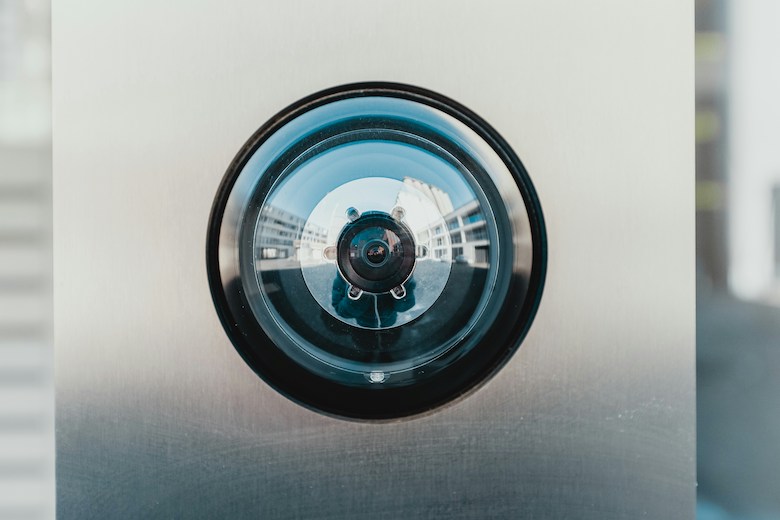
Facial recognition technology serves multiple functions in law enforcement, such as crime prevention and detection, tracking down wanted criminals, and crowd surveillance. This technology operates by measuring and ‘mapping’ the unique facial features of an individual, transforming these ‘maps’ into numerical codes for comparison with a database of faces. It can be employed in real-time (’live’) to scan faces in crowded locations or used retrospectively to compare still images or video footage with the database.
The application of facial recognition technology by police forces has sparked both intrigue and dispute. Some argue that it can enhance policing efforts by aiding in locating missing individuals and solving criminal cases. However, others raise concerns about potential privacy violations and the technology’s accuracy, particularly its ability to correctly identify individuals.
In the United States, initiatives are underway to set standards for employing facial recognition technology in criminal investigations to increase transparency, reduce errors, and boost reliability. Nevertheless, due to apprehensions regarding its possible adverse effects, cities like San Francisco, Oakland, and Boston have prohibited public agencies from using this technology.
The ongoing debate questions whether facial recognition technology is beneficial or detrimental to law enforcement. While it has the potential to expedite investigations, accurately pinpoint criminals, and deter crimes; there are also worries about false arrests and privacy infringements linked with its usage.
